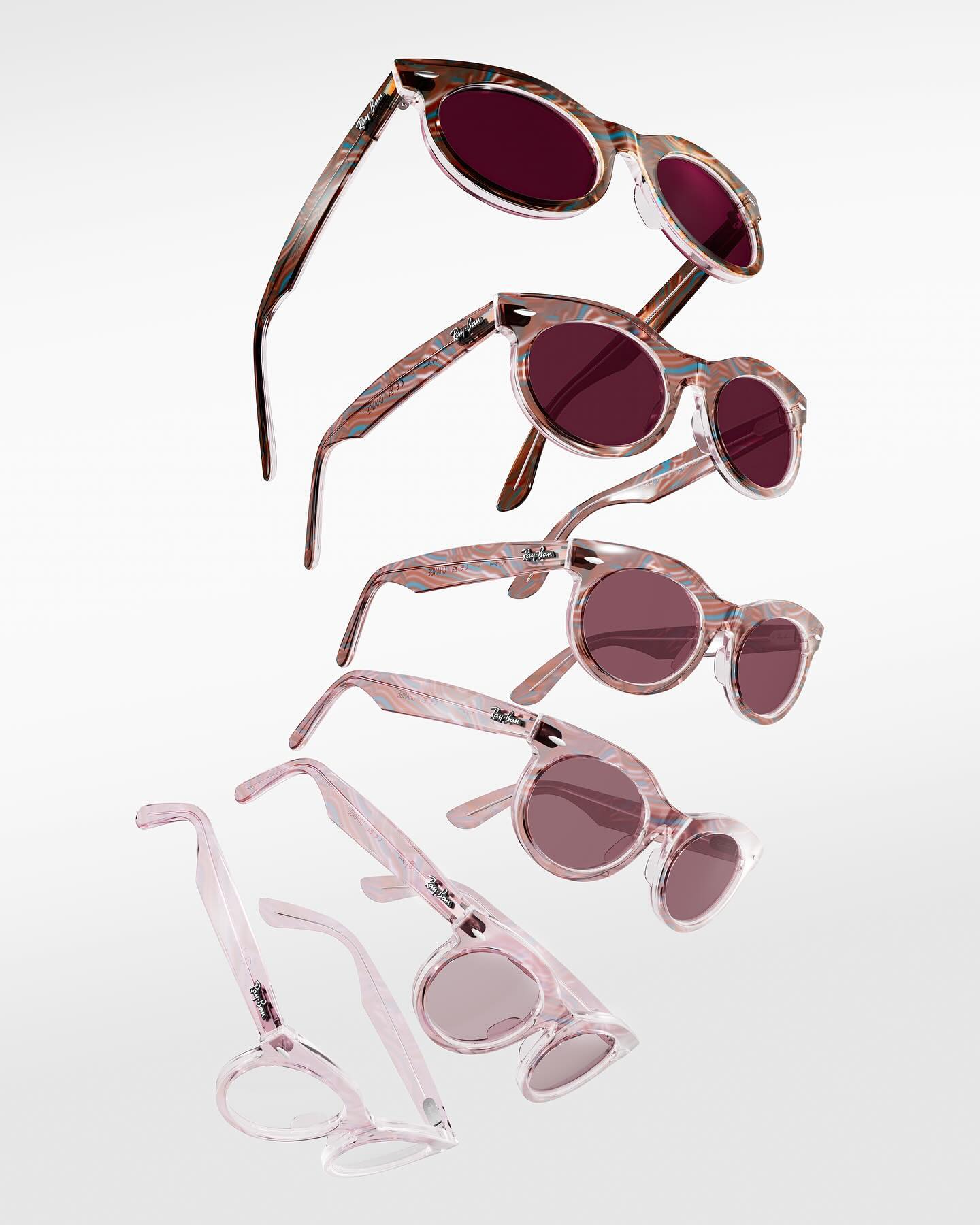Over the last few years, eyewear leader Ray-Ban has been introducing innovation after innovation in collaboration with notable partners.
Recently, the most successful of these include its Ray-Ban Meta smart glasses. Created with the Mark Zuckerberg-led tech titan, these smart specs are widely considered among the biggest leaps in wearable technologies today. Continuing this pattern of working alongside market leaders, the latest of Ray-Ban’s releases are powered by Transitions.
Designed to elevate eyewear’s color-adaptive capabilities, this new collection highlights the best of both brands and allows users to enjoy accessories that can keep up with their styles and circumstances. Read on to find out more about these exciting new options.
Who are Ray-Ban and Transitions
Both Ray-Ban and Transitions are globally renowned for bringing distinctly fashionable and functional eyewear solutions. For Ray-Ban, it’s recognized as the creator of many iconic designs, such as the Aviators and Clubmasters. Since its initial founding in 1937, the brand has cemented itself as a cultural staple, making many appearances in films, TV shows, photoshoots, and public events. A great example of this is how action star Tom Cruise has been known to sport the brand across films like Top Gun and its sequel, Top Gun: Maverick. Not one to just rest on its reputation, Ray-Ban is also known for regularly releasing timely new versions of its classics. For instance, earlier this year, it introduced limited edition pairs of its Ray-Ban Reverse shades. Created in partnership with the musician Lenny Kravitz, these sunglasses featured limited edition gold Aviators with a unique inverted lens design.

Meanwhile, Transitions has made a name for itself in the field of photochromic solutions. Crafted with special photosensitive solutions, these lenses combine sun protection with ocular correction in a single pair by automatically darkening and lightening based on surrounding illumination. The newest addition to its already impressive roster includes its Gen S dynamic photochromic lens. Among the lens’ key highlights, the most promising is its claim of being the fastest-adapting lens available today. During a recent summit, the brand’s executives said that these lenses can activate and darken outdoors in as short as two seconds. Made to be stylish as well, these lenses also come in a new ruby tint. This is a testament to the brand’s commitment to elevating its offerings in line with user needs and wants.
Meet the new Ray-Ban Change
Unveiled just this July, the two companies’ Change collection combines what they do best. Namely, this includes Ray-Ban’s unmatched eye for style and Transitions’ photochromatic expertise. Designed in the bestselling Wayfarer silhouette, these shades can be fitted with varying specialized lenses, including prescriptions. Unlike the usual eyewear with photochromic properties that are limited to the lenses, these shades feature frames that also adapt to light. As such, both the frames and lenses can shift from transparent to a more opaque hue. This effectively creates the look of two eyewear options in one pair.
These sunglasses are already widely available at various retailers selling Ray-Ban sunglasses, in prescription and sun options. On platforms like OPSM, they are even available in a platform-exclusive transparent-grey colorway. When under shade, these glasses also feature a subtle wavy print that becomes bolder under the sun. These sunglasses are currently sold alongside Ray-Ban’s other new releases, such as their eco-focused bio-based frames. These are in line with widespread eyewear industry trends that are seeing other brands, like Portrait handcrafted sunnies, adopt more sustainable practices. While neither Ray-Ban nor Transitions have shared any other future plans, it’s safe to assume that should Change see another release, it may feature other timely updates like the aforementioned sustainability and faster-adapting photochromic technology.
